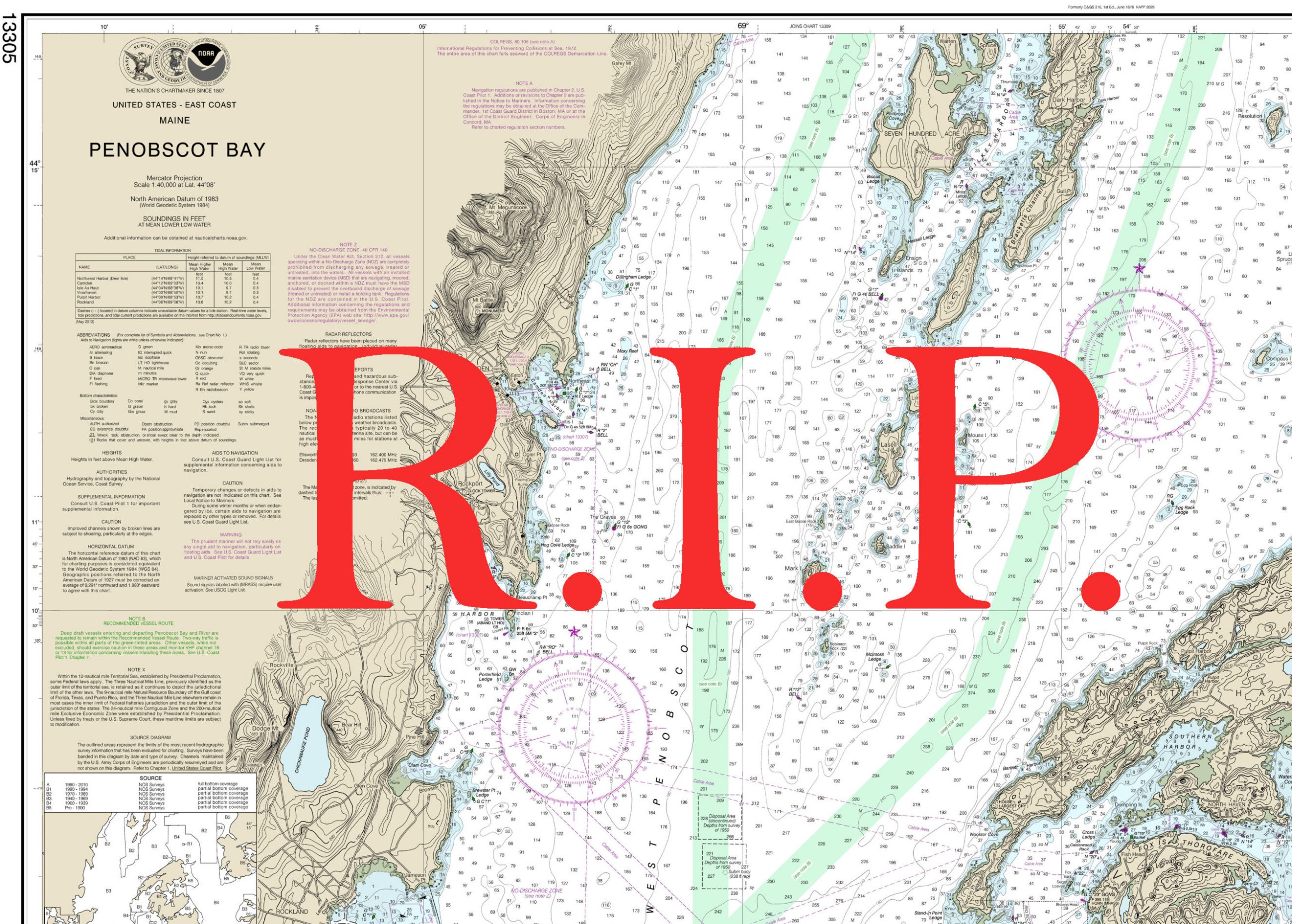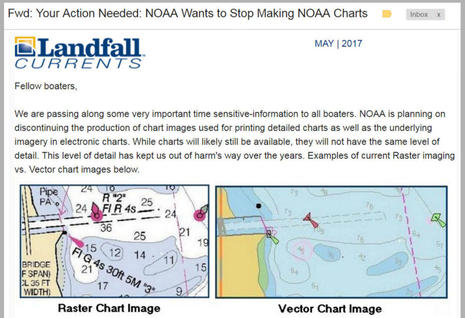Write the gov’ment, HF weather & AIS B
Two issues U.S. boaters might want to comment on:
1. Apparently the HF transmitters the USCG uses to send out offshore weather forecasts—voice, fax, etc.—need to be replaced and the government wants to know if it’s worth the money. If you use SSB or HAM for NOAA weather, or ever plan to, you might want to look here for ways to speak up. (I managed to find the electronic comments the other day at http://dms.dot.gov/, but can’t get there today).
2. Yesterday the FCC issued a request for comments regarding the granting of waivers so that USCG approved Class B AIS transponders can be used in the U.S. while the Agency works on a final rule making. The FCC’s online search and comment software is also clunky, but try going here to make comments, and look here to review them (nothing so far, but some interesting older stuff, like Orbcomm’s interest in providing satellite AIS tracking). In both cases use Proceeding # “04-344”.













Ben,
My wife and I are cruising the inside passage to Alaska at the moment. I use HF weather fax daily to monitor the weather and to make go no go decisions.
Granted this is old technology, but it works and it is all that is available in much of the area.
I would like to comment, but like you I am having trouble finding an place to comment. Internet access can be had at selected ports/villages
Pat Harman
M/V Meriwether
Pat, I can get to the dms.dot.gov site now, but it says it’s “unavailable for use from Wednesday, June 13, 2007 thru Sunday, June 17, 2007″, which explains our problems. I was able to place a comment on the FCC site, and it’s been posted, but I had troubles. It kept telling me that it needed an e-mail address when it really needed my mailing address (why, I don’t know).
Ben –
My e-mail submission to the FCC got the big reject also. I had used “WT” in the docket number as I had seen in one of their examples but I think that may have been the hangup both in e-mail and ECFS versions. Sent the e-mail again with just the docket number and so far it hasn’t returned.
Jon
Ben: I hope someone with a lot more patience than me can review the correspondence on the FCC’s AIS B delimma and tell us if Maritel’s withdrawal of their Petition for Reconsideration now opens the door for AIS B transmitters in the US.
Of course, the FCC abides by the “Elephants Making Love” rule of government decision making: It only happens at higher levels, it is accompanied by lots of screaming and yelling, and it takes 24 months for anything to come out.
Is this the place to comment on suggested improvements to the AIS specification ? (or is that time long past)
Such as:
1. That either Class “A” or Class “B” can optionally have the VHF frequency they are currently monitoring (presumably sent over nmea-xxxx from the vhf to the transponder) and/or sat phone# appear in the comment field. — This would allow a boater to more easily hail another boat, realizing the channel other than 16 they could be monitoring. Also, I would think marinas would appreciate this as well, to positively identify that a captain changed frequencies.
2. Support for a Class “A” or Class “B” to optionally report a MOB position different from the vessels lat/long (presumably sent by the chartplotter to the transponder) on every other transmission. This is probably not useful, couldn’t help suggesting it anyhow. Potentially chartplotters could have a feature built in to display MOB alerts uniqely and be of value someday.
3. Support for the coast guard to transmit an alert message to Class A or B receivers to listen to channel 16 or take some other action, within a certain area. E.g. message consists of severity level, lat/long, # nm from lat/long, and short message. A receiving AIS device would determine if it’s within the specific nautical miles of the lat/long position, and if so, based on its capabilities sound a buzzer, set an interface pin low for an external alarm, display a message to the watch person, send a message over nmea-xxxx to a chartplotter or command a vhf radio to monitor channel 16.
I think that last feature would be helpful to me personally. It bothers me to not be listening to channel 16, either because I am racing or communicating with other boats, or the admiral wants the radio turned way down. I get the distinct feeling that on Long Island Sound, except unfortunatly for inproper radio checks, the vast majority of boaters are similiarly tunned out completly or are monitoring 72.
This feature can prompt myself and others, to tune into 16 and potentially participate in following USCG instructions to get them information or take action to save a life.